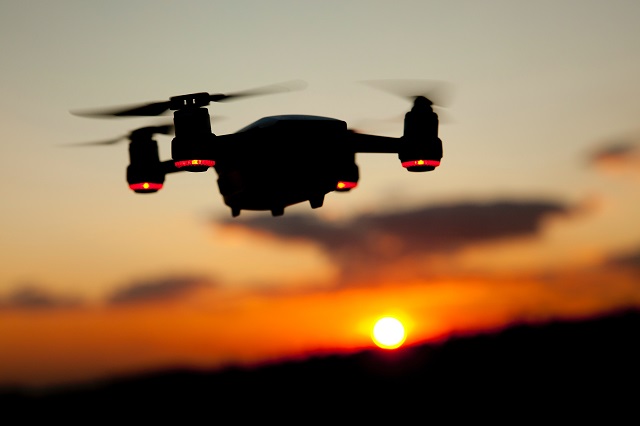For years now, we have been waiting to see drones and air taxis crossing the skies performing tasks to reduce pollution and to increase efficiency in hundreds of tasks. The technology is here, the willingness of all stakeholders is palpable, so what is preventing this wave of the future from arriving?
How do we deploy large amounts of uncrewed vehicles into the most complex airspace system in the world while maintaining the same levels of accuracy and safety? This is the question keeping Federal Aviation Administration (FAA) officials awake at night while they ponder the great benefits that drones and air taxis will bring to society in general and commercial aviation in particular.
On March 16, 2023, the FAA announced the creation of a new Aviation Rulemaking Committee (ARC) that will be known as “383 ARC.” According to the official ARC document, “Section 383(a) of the FAA Reauthorization Act of 2018, Airport safety and airspace hazard mitigation and enforcement (Public Law 115-254, Oct. 5, 2018), established section 44810 in 49 U.S.C. Section 44810(a) requires the FAA Administrator to work with the Secretaries of Defense and Homeland Security and the heads of other relevant federal departments and agencies to ensure that technologies/systems that are developed, tested, or deployed by federal departments and agencies to detect and/or mitigate potential risks posed by errant or hostile UAS operations do not adversely impact or interfere with safe airport operations, navigation, air traffic services, or the safe and efficient operation of the National Airspace System (NAS).”
As part of this mandate, the ARC is supposed to direct the FAA to test and evaluate UAS detection and mitigation systems at five airports, including one airport that ranks in the top ten of the FAA’s list of busiest airports.
On May 4, the FAA announced the 58 aviation stakeholders who will soon develop recommendations for the expanded detection and mitigation of unmanned aircraft systems (UAS) in the NAS.
One of the members of 383 ARC is Christopher Cooper, Senior Director, Regulatory Affairs of the Aircraft Owners and Pilots Association (AOPA), and we reached out to him for his reaction to the announcements and for general commentary on the ARC’s mandate.
“At AOPA, we are really excited for the opportunity to contribute to this new ARC and the possibility to develop tools that will make our skies safe for all of aviation, crewed and uncrewed,” Cooper said. “For many years, the FAA has been trying to find a balance between safety and the introduction of exciting new technologies to the NAS by establishing ARCs that span from flights beyond visual line of sight (BVLOS) to this new one focused of detection and the mitigation of risks.”
AOPA is the largest general aviation membership organization in the US with over 300,000 members who fly for business, fun, and personal transportation across all 50 states and internationally. They have a strong presence in Washington, DC, where they constantly advocate for the freedom to fly and for the constant improvement of safety and security of aircraft, airports, and any other issue that might affect general aviation.
“We want to make sure that all relevant stakeholders are given the opportunity to express their concerns and give their recommendations,” Cooper said. “This new ARC is another necessary step to make sure this happens. We, as a membership organization, welcome drones and air taxis in the NAS but also support the efforts of the FAA to make sure this integration is done in a safe manner and never in detriment to other airspace users, including general aviation.”
The FAA needs to deal with more issues than just flying, he said, and that needs to be reflected in the creation and implementation of these ARCs and the topics they are responsible for.
“In addition to detection and mitigation technologies and procedures, certification of UAS and their operators still need to be addressed before routine uncrewed BVLOS operations share the most complex airspace in the world,” Cooper concluded.
With these and other ARCs in full deployment, we, as an industry are hopeful that the massive deployment of crewed and uncrewed aircraft in the national airspace is just a matter of time, and we are encouraged to see all these stakeholders investing their valuable time making sure that all voices are heard, and all issues addressed.















Comments